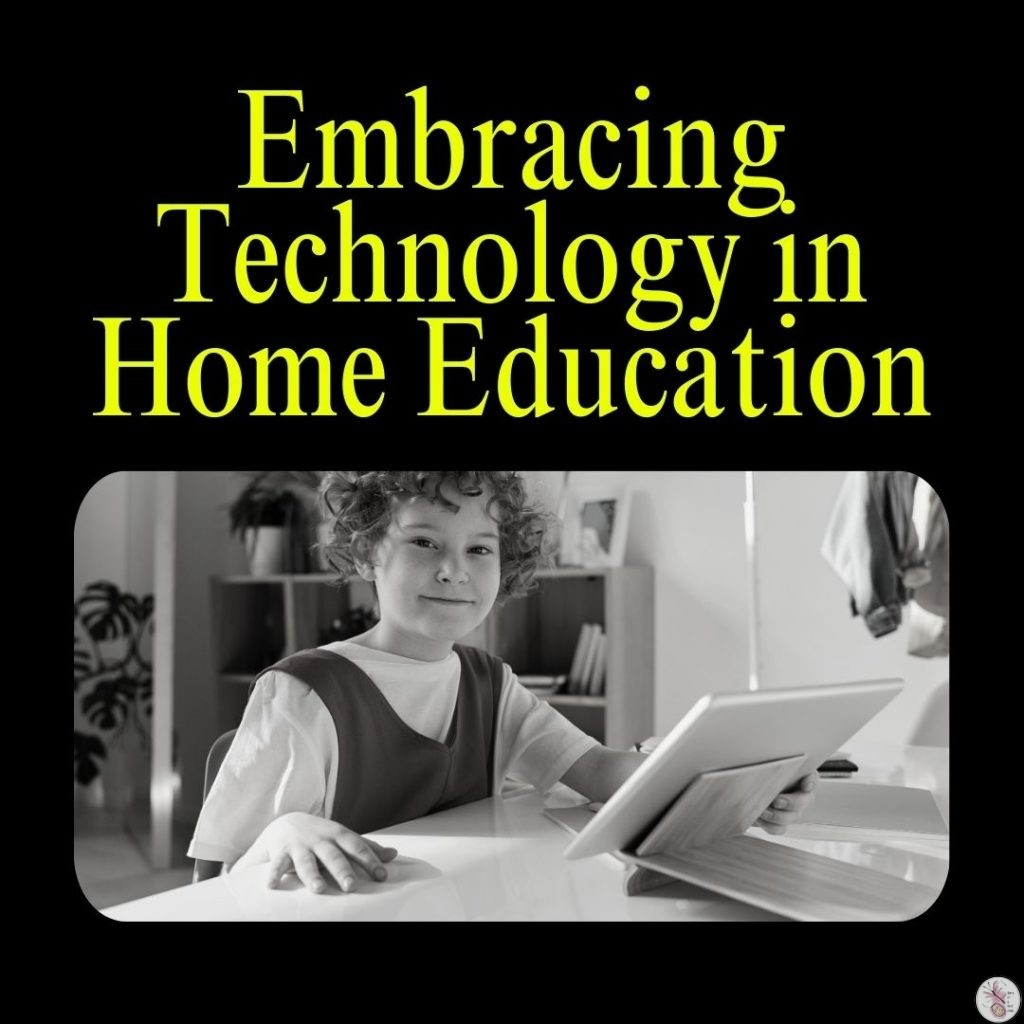The change in the homeschooling scene is largely due to technological progress and the large number of resources available to parents and educators. These tools do not improve traditional teaching approaches, but rather change the whole perspective of learning, making education very accessible, interactive and personalized to the needs of a particular student. This trend towards the use of technology in home education is opening up a whole new set of doors in teaching and learning in a way that will indeed change the whole experience of home education.

The Digital Shift in Learning
The digital revolution has brought a wide variety of educational technologies into the home, all of which have the potential to enrich the home educational environment on a truly profound level. From interactive apps and online coding platforms to bringing historical events to life with virtual reality (VR) experiences. These tools are now not only entertaining and creating exciting ways to learn, but also preparing children for a future where digital literacy will be a must.
Benefits of Integrating Technology
- Customized learning paths: With technology, a teacher can design learning paths based on the interests and areas where learners need improvement. This personalisation can lead to greater engagement and understanding, and a lifelong love of learning.
- Interactive and hands-on: Students can easily access interactive games, coding challenges and virtual labs to apply their learning from the comfort of their own home. Hands-on learning further enhances students’ understanding and retention of concepts.
- Access to global resources: The Internet exposes this class of learners to the world of unlimited information and access to many resources never before thought of. This will not only add value to the curriculum, but also inspire the kind of thinking that is geared towards a global perspective.
- Developing essential skills: The use of technology for learning in the home is an important part of developing students’ critical 21st century skills beyond subject content. This refers not only to course content, but also to problem-solving, critical and creative skills, digital literacy and teamwork. For example, the idea of a sequence in code is not only fundamental to programming, but also allows the development of thinking about logic and problem-solving strategies. Explore this further in the article, which offers insights and practical advice on how to apply these principles to your learning activities.
Challenges and Considerations
While the benefits are many, there are also challenges to integrating technology into home education.
Managing screen time, online safety and overwhelming lists of available resources may be among their responsibilities. Educators could help set boundaries, teach digital citizenship, and curate quality educational content that aligns with educational goals.
Strategies for Effective Integration
- Set clear goals: Define what you want to achieve through the use of technology, whether it’s increasing engagement, supporting specific learning objectives, or simply developing basic digital skills.
- Quality resources: Choose apps, websites and platforms that are reputable and have quality educational content. For example, some of the platforms that can be used to enhance the curriculum through coding include the structured game-based learning that makes coding easy and fun for learners of CodeMonkey.
- Encourage balanced use: While the power of the technology itself is there for the individual to learn, the time spent in front of the screen is reasonably limited, and the time spent in other outdoor or offline activities is balanced. Encourage discussion, hands-on projects, exercise and reading for a balanced brain.
- Encourage safe and responsible use: To help students learn about internet safety and digital citizenship, let them see that they need to access and use information in ways that ensure privacy, respectful communication and critical evaluation of information.
- Stay flexible: Educational technology is growing every day. Keep abreast of new tools and trends and be prepared to adapt your approach as you find out what works best for your learners.
Conclusion
Embracing technology in home education is not a trend. It goes deeper than just changing the way we relate to the teaching-learning process. They enable educators to provide students with a truly rich, interesting and personalized education if they use digital tools thoughtfully and creatively. As we move through this digital realm, it is important to remember that technology is not a substitute for traditional teaching, but rather a compliment that will add far greater power and scope to the learning experience.
With technology in home education, we can prepare our students not only for the many academic challenges ahead, but for a future where digital literacy will be another key to success.